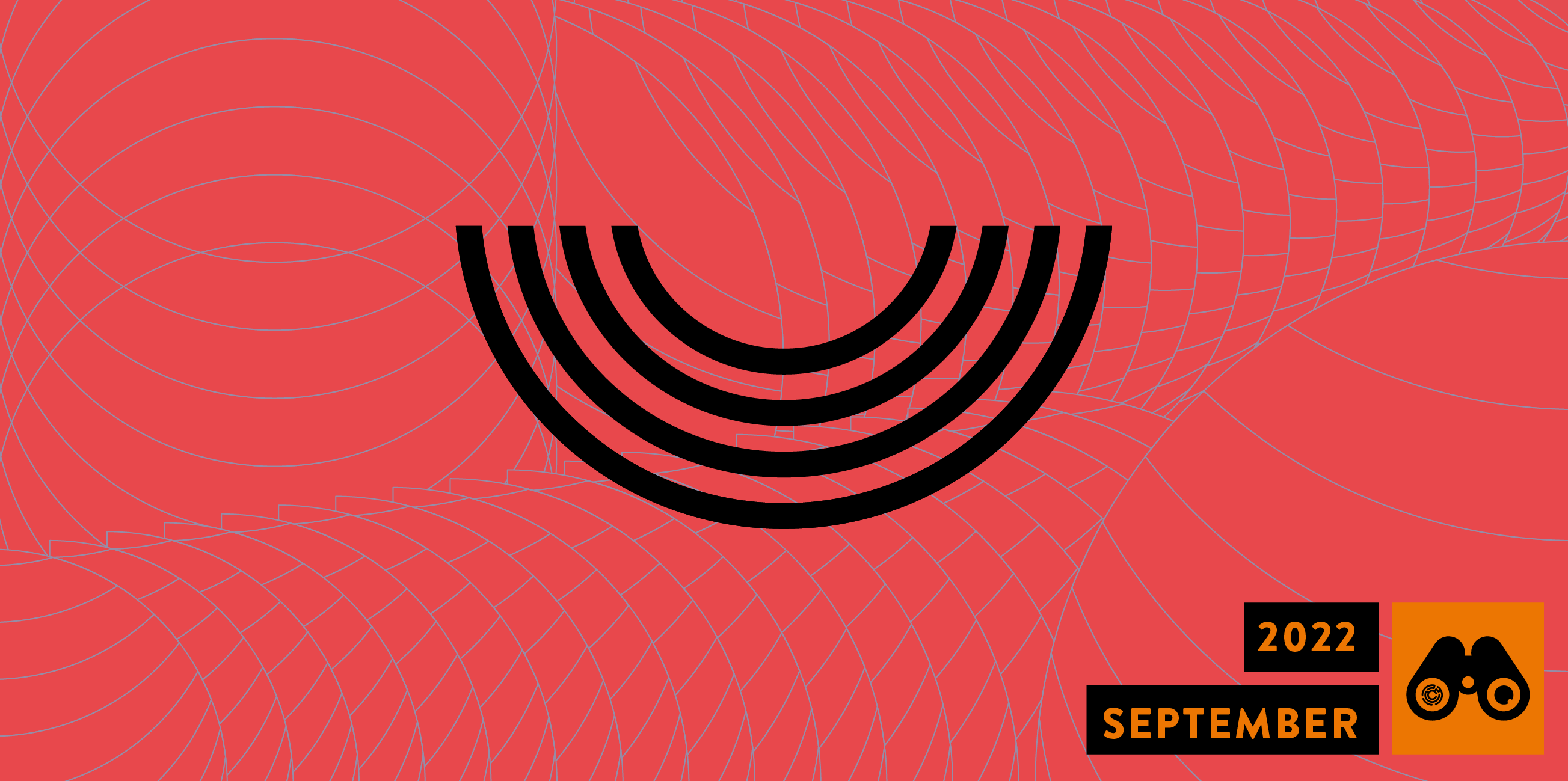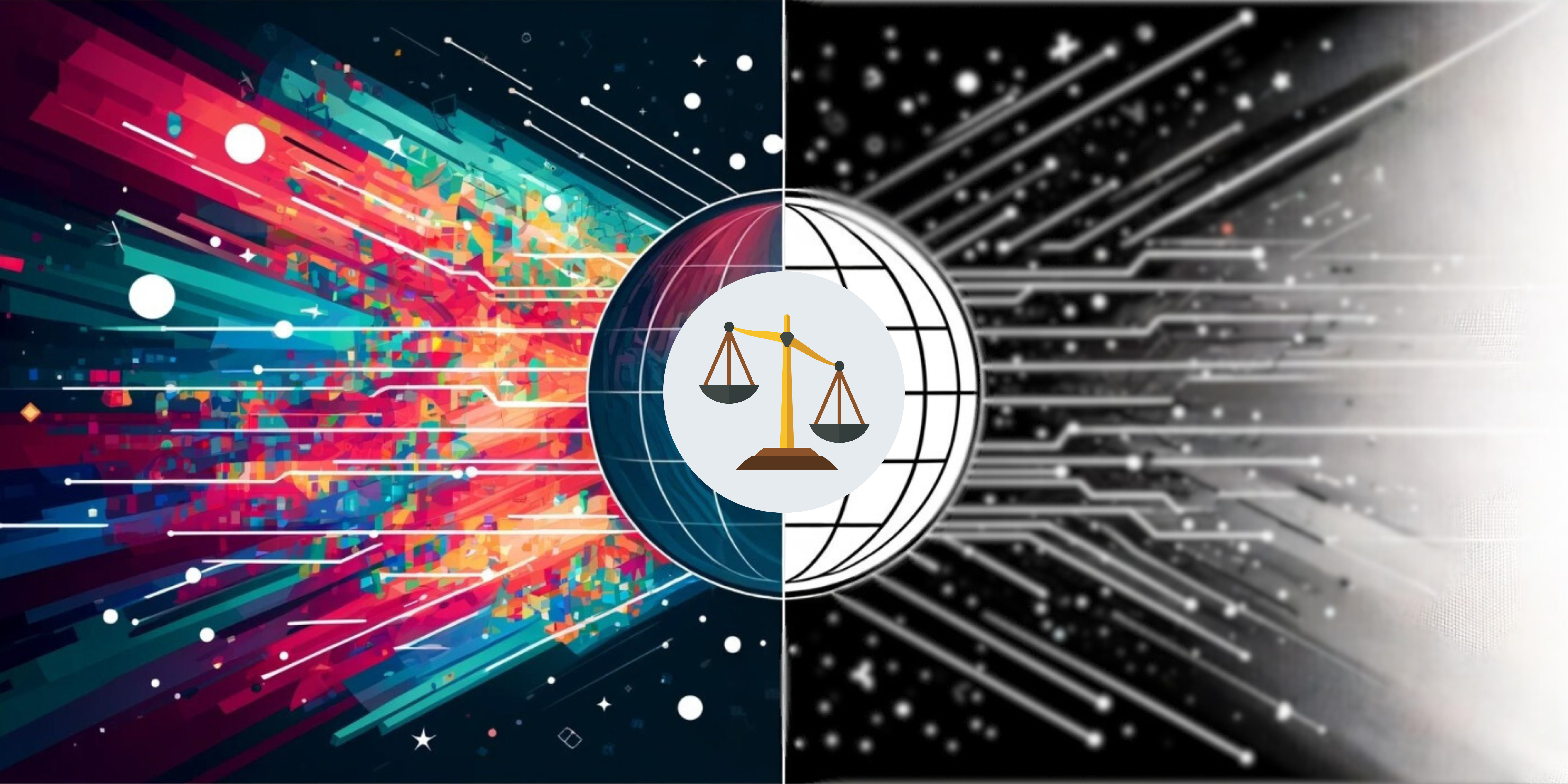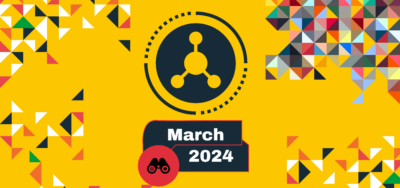Amid protests, which began in reaction to the tragic death of Mahsa Jhina Amini in September, internet shutdowns across the country, and in some cases restricting the internet to domestic services via National Information Network (NIN) during certain hours – especially in the evenings – has forced internet users to use insecure domestic platforms. Using domestic platforms to be able to maintain some connectivity while disconnecting the global internet to crush protests and restricting the flow of information are parts of Iran’s long-term internet policies which are becoming ever more apparent during the current protests.
Mobile internet disruptions began in the city of Saqqez, Kurdistan province on 16 September, and as protests spread across Iran, so did internet shutdowns. At the same time, government authorities also further closed off the country’s internet by blocking popular international messaging and social media apps such as WhatsApp and Instagram. No communication platform was immune as even online games with chat functions were targeted.
The government also went after businesses inside the country, by targeting startups and tech companies by monitoring, threatening and detaining those who publicly expressed support for the protests.
For a long time, the Iranian government has tried to publicly downplay the role of social media in protests and accused online activists of collaborating with “foreign powers,” a tactic used to push forward the agenda for a “safe” internet free of enemies.” Meanwhile on Twitter, the hashtag Mahsa Amini in Persian and English was used in millions of tweets and captivated social media for days. Iran’s “cyber armies” responded by condemning the trend and creating alternative hashtags.
Meanwhile, there has been much talk about the use of Starlink’s satellite internet for circumventing internet shutdowns. Dismissing the possibility of Starlink in Iran, ICT Minister Eisa Zarepour noted that the satellite company is obliged to obey Iran’s laws, which would mean only allowing restricted access to the internet and undermining user security and privacy.
Supreme Council for Cyberspace Approves Parts of the “User Protection” Bill
On 6 September the Supreme Council for Cyberspace (SCC) approved sections of the controversial and contested “User Protection” Bill. The approved section included an update in relation to the responsibilities of the Supreme Regulatory Commission, giving it authority to “set policy, monitor, guide, coordinate and approve regulations and macro-plans, in all aspects of cyberspace and oversight of regulators.” From a legal perspective, the Commission has been given legislative powers – without the need for parliamentary approval – by only requiring the Supreme Leader’s final approval.
US Treasury Announces General Licence D-2 “To Increase Support for Internet Freedom in Iran”
As internet restrictions in Iran increased in response to the growing protests, the US Treasury issued the new General Licence GLD2 on 23 September to increase support for Internet Freedom in Iran. The Iranian government called the move “an intervention in Iran’s domestic political affairs.”
According to the US Treasury GLD2 “Adds covered categories of software/services to include social media platforms, collaboration platforms, video conferencing, as well as cloud-based services in support of such services, as well as tools that incorporate communication functions and are often included with authorized items or services (e.g., online maps, e-gaming, e-learning platforms, automated translation, web maps, and user authentication services).”
GLD2 “removes the condition that communications be personal, which had created compliance burdens for companies in the past who were seeking to verify the purpose of communications.”
Also the new License continues to “authorize anti-virus and anti-malware software; anti-tracking software; mobile operating systems and related software; anti-censorship tools and related software; Virtual Private Network (VPN) client software; and related software.”
Push for the Progress of “Smart Government” via the National Information Network
In late September, the Majles (parliament) held a session to review the status of Iran’s “Smart Government” (for e-government services) with a report submitted by the Industry and Mines Committee and additional details provided by the ICT Minister, Eisa Zarepour on progress made in launching government portals on NIN. Zarepour said that despite “more than 200 briefings with various agencies, the status of the digital government was less than ideal.” He added plans to improve Iran’s global e-government rankings by 30 points by the end of the current administration [in 2025].
According to MP Mohammad Vahidi, only 15 of the 153 e-government services planned have been completed. Also, out of the 1,663 digital services only a handful have been launched online.
Iran’s “Cyberspace Strategy Resolution” is Ratified
The “Cyberspace Strategy Resolution” which was approved by the SCC on 3 September was ratified two days later after the Supreme Leader’s endorsement. The document specifies the responsibilities of each government body in respect of Internet governance and online services in Iran.
Plans for Children’s Internet Services in Iran Revealed
On 6 September, Iran’s ICT Minister, Eisa Zarepour announced plans for the launch of the “456 Internet Service for Children.” The service will eventually have four levels of internet access dedicated to different ages, but currently only one is available for children under 5 via mobile network operators. Filterwatch has already written about Iran’s plans to create an online ecosystem for children in the country.
Blocking International Platforms Continues Amid Protests
In an interview on 28 September the Parliamentary for the Committee for Determining Instances of Criminal Content (CDICC), Mehdi Bagheri, stated that “no decision had been made to maintain blocks on Instagram and WhatsApp indefinitely,” and added that “if these platforms accept Iran’s laws and commit to taking responsibility, it’s possible they could be unblocked.”
As protests, which began in September in reaction to the death in custody of the 22-year old Mahsa Jhina Amini continue, the government imposed severe restrictions on the internet and at times limited the internet to domestic services-only via the NIN and blocked numerous apps, services and games, to reduce the flow of information in the country. The following platforms and websites have been affected so far:
- WhatsApp and Instagram – Blocked on 21 September
- Apple’s App Store and the Google Play Store were blocked on 23 September. Apple’s App Store was unblocked on 18 October but the Google Play Store remained filtered, despite claims to the contrary by the ICT Ministry.
- WhatsApp and Instagram were removed from Iranian Android app stores on September 24
- The online game Clash of Clans was blocked on 24 September
- LinkedIn was blocked on 24 September 24 and unblocked on 18 October
- Starlink’s website was blocked on 24 September
- GoogleChat was unblocked on 25 September
- Viber messenger was blocked on 28 September
Deadline Extension for “Journalist’s Internet” Scheme
On 3 September, the government extended the deadline for journalists approved by the Ministry for Culture and Islamic Guidance and the state broadcaster IRIB to register for receiving specific internet packages designed for journalists.
It is unclear whether the package includes domestic or international internet access, but we have seen evidence of journalists being able to gain access to content filtered for ordinary internet users in Iran or have internet access during internet shutdowns. This is one example of “layered filtering” of the internet in Iran which Filterwatch has previously written about.
Financial Support for Iran’s Domestic Smartphones
On 4 September the Cabinet approved a plan to boost the production of domestic smartphones by using the tax on imported phones priced at 600 USD or more. Proceeds are to be given to a Research and Development Fund at the Ministry for Industry, Mines, and Trade. The 2022-23 Budget had imposed a 12% tax on imported mobile phones priced at 600 USD or higher.
Iran’s Communications Regulatory Authority Opposes Long-Term Mobile Internet Packages to Boost Fixed Broadband Use
On 6 September the Head of the Communications Regulatory Authority (CRA) Sadegh Abbasi-Shahkouh said he opposes long-term mobile internet packages because they are competing with people who have fixed internet access.
Currently, Iran’s fixed broadband internet penetration rate is below 20% while mobile internet is at over 100%. The ICT Ministry is currently attempting to increase the use of fixed broadband in the country.
Iran Runs Limited Trial of its Cryptocurrency, “Digital Rial”
On 13 September the Governor of Iran’s Central Bank, Ali Salehabadi announced the launch of Iran’s domestic cryptocurrency, “Ramz Rial,” or “Digital Rial” on a trial basis. According to Salehabadi an initial ten billion IRR (estimaret $33,000 USD) of the cryptocurrency has been allocated “to a small number of individuals” to be used at two specific stores. Opponents of the Digital Rial say that the plan violates Articles 8 and 9 of the Iranian Constitution by ”restricting people’s freedoms by giving outsized controls over the use of currency to Iran’s Central Bank.”
Tehran’s ICT Guild Criticizes the Pressures Placed on Iranian Online Businesses Amid Intense Internet Restrictions in Response to Protests
In its Board of Directors meeting on 19 September Tehran’s ICT Guild criticized the use of “Morality Police” tactics against online businesses, specifically the intimidation of startups that had expressed condolences over the death of Mahsa Jhina Amini as well as a proposal to add an “inappropriate hijab button,” for online taxi services. Tehran’s ICT Guild highlighted that there has been “no consideration for protecting users.”
Also in a statement on 24 September, Tehran’s ICT Guild criticized the continued internet shutdowns in the country for the damage it is causing to the digital economy and online businesses.
Cyberattacks by “Anonymous” on Iranian Government Website Amid Protests
As protests in Iran continue without showing signs of slowing down, the hacktivist group Anonymous claimed on September 21 that it expanded cyber attacks on Iranian government websites and semi-official sites, such as state news agencies. Officials at the National Center for Cyberspace and Iran’s National Bank (Melli Bank) denied any attacks by the group had taken place.
However, Amir Khorakian, the spokesman for the National Centre for Cyberspace Center said “nearly all” cyber attacks are monitored and intercepted, which can be interpreted as an implicit admission of the attack.
Latest Figures on the Expansion of Connectivity to the National Information Network
According to a report on 4 September by the Iranian Students News Agency (ISNA), over the past 10 months more than 2,000 additional villages had been connected to NIN and it is planned that by September 2023 all villages with a population of at least 20 families will be connected.









